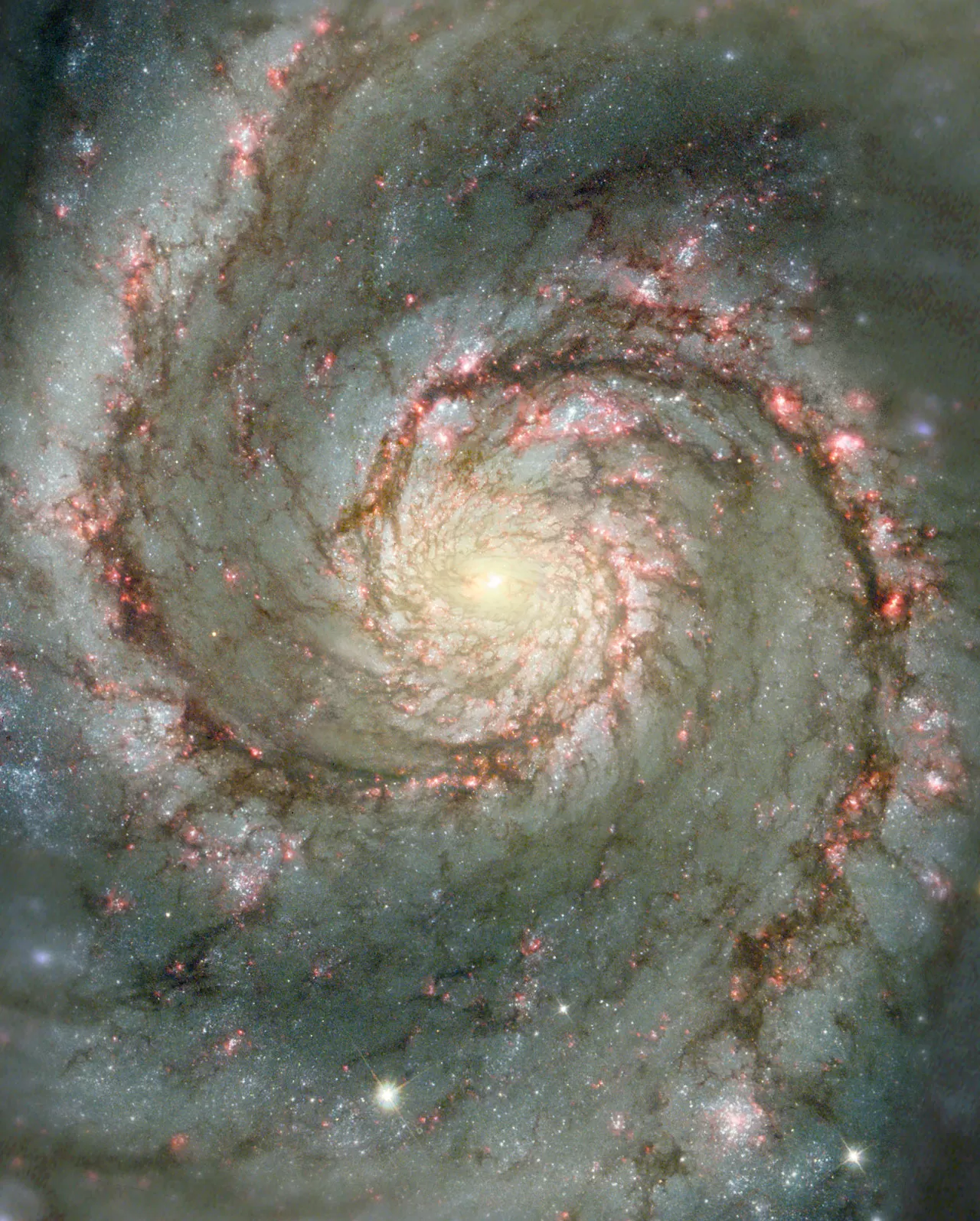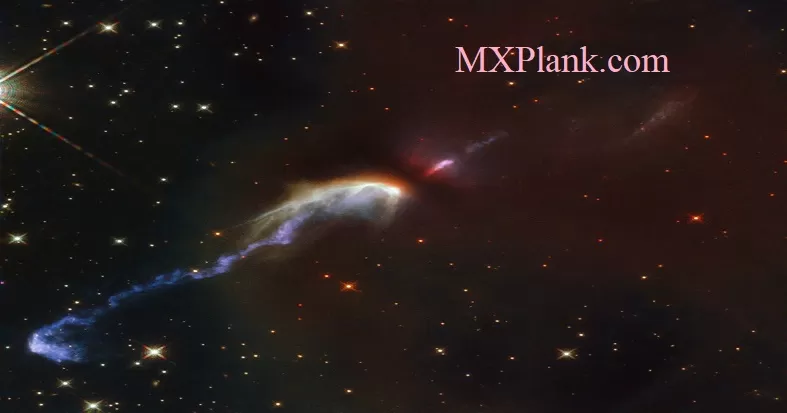NGC 3344 NEBULA - Decoding The Structure And Colors And A Long Deep Look Over The Nebula
SCIENCE-CAST on the NGC 3344 Nebula by MXPlank.com - An AstroPhysics Research Organization.
Beauty, grace, mystery, this magnificent spiral galaxy has it all captured by the nasa esa Hubble Space Telescope. the galaxy NGC double three double four presents itself to us face on providing astronomers with the chance to study its intricate and elegant structure and with Hubble's ability to observe the galaxies over a wide range of different wavelengths.
features are revealed to us that would otherwise remain invisible. spiral galaxies are some of the most spectacular astronomical objects we can see and each one faces us at a different angle making strikingly different shapes in the sky. some can be seen a chance giving astronomers an excellent idea of the galaxies vertical structure, others are seen at an angle providing hints of the size and structure of their spiral arms. strikingly many are seen face on fully showcasing their arms and bright core in all their beauty approximately 20 million light-years away. the galaxy NGC double 3 double 4 phases directly towards Earth giving us breathtaking views of its swirling arms with all the wonderful instruments on board Hubble.
we can see more than just the visible light this galaxy emits. Hubble's instruments have observed this galaxy in a variety of wavelengths delivering a more complete picture of the structure composition and behavior of NGC 3 3 4 4 than the human eye could ever see the whirling arms of NGC double 3 double 4 for the birthplace of new stars. these stars are extremely hot and young, so they shine a brilliant blue. they also emit ultraviolet light which Hubble captures and allows us to observe. clouds of dust and gas are also distributed throughout the spiral arms. these are seen best in the red part of the spectrum using Hubble's narrow band filters to isolate H alpha and n3 doubly ionized nitrogen.
the clouds colored red in this image provide the reservoir of material which will one day form new stars. at the center of the galaxy lies the Galactic bulge shining in yellow orange light like the Bulge in the Milky Way. it is composed primarily of older cooler stars which emit red light. Papa lets us admire the beauty of NGC double three double four invisible light but it also lets us learn about this galaxy's secret internal composition all with light that is around us but that our eyes cannot see. now that you've caught up with Hubble, make sure to get the latest from the ground too. the science cast by M X Plank highlights the best of the european southern observatory and its powerful telescopes that observe from high in the chilean andes at the southern hemisphere's best known sites for astronomical observations.
This video watches over NASA/ESA Hubble Space Telescope observations of the spiral galaxy NGC 3344 that lies about 20 million light-years away. The galaxy is seen face-on, allowing us to see its spiral arms and the bright core. Because of the many filters used to create this image - ranging from the ultraviolet to the near-infrared - the bright young stars glowing blue and the red regions of dense gas and dust are visible.
This video zooms in on the spiral galaxy NGC 3344, about 20 million light-years away from the Earth. The footage begins with a view of the night sky in the direction of the constellation of Leo Minor, as seen from the ground. It then zooms through observations from the Digitized Sky Survey 2, and ends with a view of the galaxy obtained with the NASA/ESA Hubble Space Telescope.
This video shows what the galaxy NGC 3344 looks like in different wavelengths of light. New features include: faint, blue, concent. Astronomers collect light of different wavelengths to find out different types of information about astronomical objects.
Credit:
NASA & ESA/Hubble
For AstroPhysics and Quantum Physics videos, Please subscribe to the channel:MXPlank Youtube Channel






